Volcanos, the “No-fly”- ban and the climate
None of the experts were keen to give an interview at this stage about a possible link between a warming planet and increased volcanic activity, although some certainly say it’s worth looking into. But as we know, these things take a long, long time and we humans tend to want results “now” – and certainly in our lifetimes. Felicity Liggins,a climate consultant with the UK met office.
Met Office Climate Change Guide
did answer my enquiry, explaining that there is some evidence from the geological record of a potential link between changes in climate and volcanic activity through changes in land ice. But the data and the level of scientific understanding of all this is still very limited, she says, so that it’s not possible to draw any firm conclusions about whether we could expect more things like this to happen as a result of human-induced climate change.
She refers us to the papers I mentioned in the last post, which look at the impact of climate-induced ice unloading on volcanic activity. The authors use examples from Iceland.
Now of course the huge impact and publicity caused by the volcanic eruption make it a fine time to draw the attention of a wider public to research like this, which might otherwise only interest a very small minority. I certainly find the topic worthy of note and would be happy if the Icelandic eruption and associated publicity leads to some more research into this.
Another “positive” thing to come out of the flying ban is the amount of CO2 emissions we saved, although given the current frenzy to make up for it, the question is how high the reduction will really be overall.
I interviewed Jan Burck from Germanwatch about this.

You can see from the picture in the background that the organisation is concerned with “North-South” dialogue and creating a fairer world.
Germanwatch
Jan took the emissions from European airtraffic per day, which amounts to an estimated one million tonnes of CO2. Taken over a whole week, he says those cancelled flights would have saved approxiamately one percent of Germany’s annual emissions, or as much as a whole country the size of Latvia emits in a year. That is a lot of CO2.
Maybe this whole crisis has made a lot of people think twice about flying, the form of transport most harmful to the climate. Estimates by Germanwatch and others say travelling just 3,000 km by air emits one tonne of CO2. By car, you could cover 7,000 km, by train between 15 and 20,000 km before producing the same amount. (Of course there are very complex calculations behind all this).
Jan Burck hopes big companies might re-think their travel policy, encouraging staff to use the train inside Europe, for instance. He also made the point to me that being “grounded” can give us a feel for distance and the size of the planet that a lot of people have lost, because air travel takes us across such big distances so quickly. Nice point Jan, good food for thought.
Climate and Volcanic Activity
I have been trying to pin down some elusive scientists this morning after reading a short article entitled “Research call to study climate link” on a double-page spread in the Guardian newspaper entitled “Volcano chaos”.
It quotes scientists in a series of papers published by the Royal Society calling for wide-ranging research into whether rising global temperatures could trigger more volcanoes, landslides, earthquakes or tsunamis.
Guardian online article The article says experts say global warming could affect these kinds of geological developments because it can move large amounts of mass on the planet’s surface. It seems logical that melting glaciers and rising sea levls would shift the distribution of huge quantities of water and that that could change pressure on the ground, possibly influencing ruptures or seismic shifts.
The paper quotes “research from Germany” as suggesting the earths crust could sometimes be close to moving so that quakes could be triggered by even tiny changes in surface pressure, e.g. from heavy rain. So far, my attempts to locate these German researchers this morning have been in vain. Ideas welcome.
Of course there are those who would say some of us are just obsessed by climate change and trying to relate it to everything. But if some scientists who have been looking into the distant past and think they can discern some evidence of significant warming being linked to geological activity then, it would seem foolhardy not to consider the possibility and feed the info into models for the future.
Meanwhile, that Icelandic volcano could be doing something for the climate by stopping all those planes from flying. I’m trying to get some figures on that. If I do, I’ll keep you posted.
Climate change as the ultimate in unsustainable development?
Your ice blogger was asked to write an editorial post for the ThInk3 website.It’s part of an EU blogging competition, which might interest you.
It’s all about development – in my opinion climate change and development are inextricably linked. Ice blog readers might find the site interesting in general – (and of course I’d be interested in your opinions on the guest editorial).
Thinkaboutit blogging website
Polar publicity stunt?

I took this photo during a visit to the Arctic research station in Ny Alesund, Svalbard, during a visit in 2007.
Picture Gallery on Polar Research on Svalbard
I had a kind of deja vu feeling when I saw the place on a tv programme the other night about polar explorers, still very much in action today. This was the mast where Roald Amundsen’s airship was tethered before he set out to make the first flight over the North Pole in 1926. The latest of his successors in the line of polar explorers also set off from Svalbard (a different spot)to cross the North Pole in a balloon last week and made it at the weekend. The French explorer Jean-Louis Etienne had to land in eastern Siberia instead of Alaska as planned, because a snowstorm near the North Pole made it impossible for him to recharge
the balloon’s batteries, run from solar panels.
It’s quite an achievement to cross the Arctic, five days on your own in a balloon. The technology available these days has advanced somewhat from Amundsen’s days. Still, the Arctic conditions are pretty extreme and can still thwart the “best laid plans of mice and men” (Robert Burns). But Monsieur Etienne wasn’t just in it for the thrills. He was also measuring CO2 levels for some French scientific institutions. I wonder what he found out.
Wild weather – good for the climate?

Sorry, it took longer than I thought. The trouble with being an environment journalist is there are so many things happening at once sometimes it is hard to keep up extra projects like the “Ice Blog”. I have been working on all the material I brought back from a trip to Scotland (looking mainly at renewable energies), but at the same time following climate policy in different parts of the globe, President Obama’s disappointing concessions to the oil industry, preparations for the Bonn talks, etc.
Anyway, this is a picture taken at Whitelee windfarm. It’s the biggest onshore windfarm in Europe, with 140 turbines, situated in southern Scotland, close to the small village of Eaglesham.

Eaglesham is a conservation village, not far from the city of Glasgow, but a world apart, in many ways.
You can see from the picture it has the old-fashioned charm of a traditional Scottish village. I find the contrast to the high-tech windfarm just along the road fascinating. I think it’s very typical of 21st century Scotland, that combination of traditionalist features and modern technology. Of course people disagree about the effect of windfarms like this on the landscape etc, but given the advantages of wind power over fossil fuel plants, you have to compromise somewhere.
The devolved Scottish Parliament in Edinburgh has given top priority to renewable energy. While I was there,licenses were granted for marine energy projects, wave and tidal devices, off the northern coast of Scotland and Orkney. The experts and politicians say this could one day provide 10% of Europe’s energy requirement. The Pentland Firth, between the Scottish mainland and Orkney, has tremendous currents and so energy potential.
The Scottish government has high targets for increasing the share of renewables and reducing its emissions. They reject the pro-nuclear stance of the UK government in Westminster. A small country with just over 5 million people seeing itself as a kind of “laboratory”, bringing all the stakeholders together to come up with energy solutions that could serve as models for others? Sounds good? It might sound too much like political rhetoric, but I also interviewed Duncan McLaren, the CEO of Friends of the Earth Scotland, and his organisation backs up the Scottish figures and says the country can exceed its target of 55% renewable electricty by 2020 and reach the target earlier.




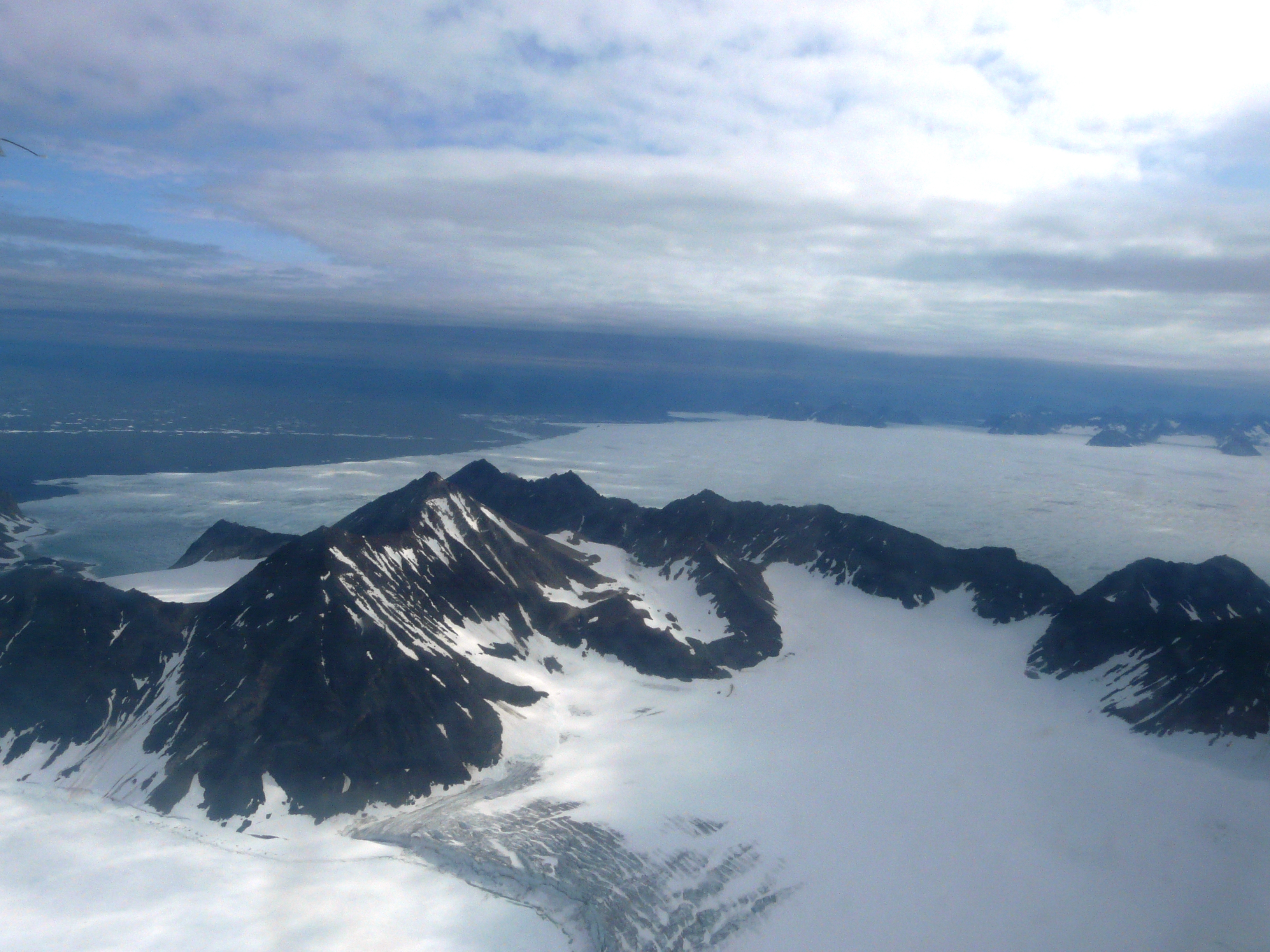
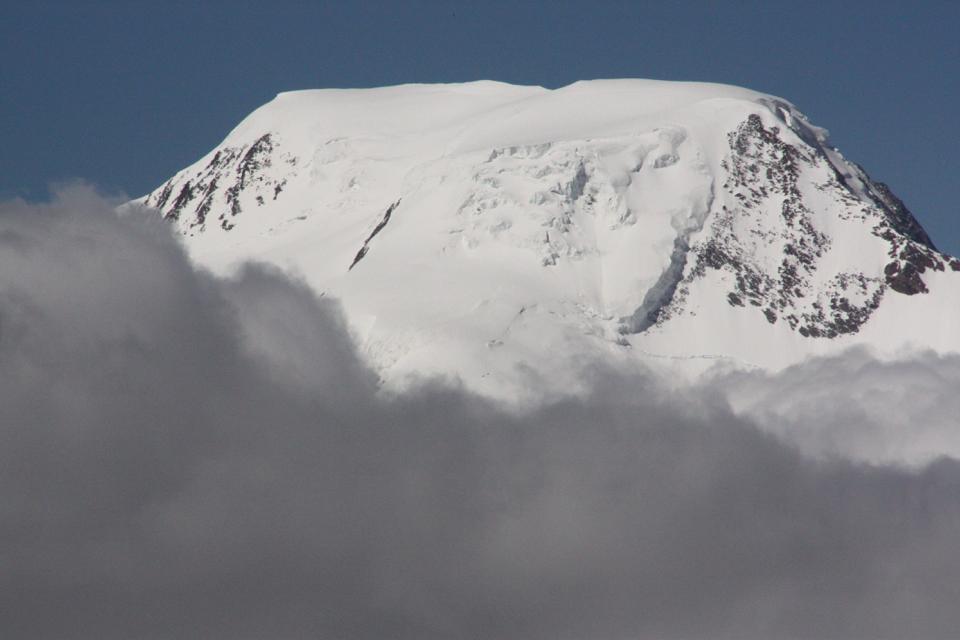
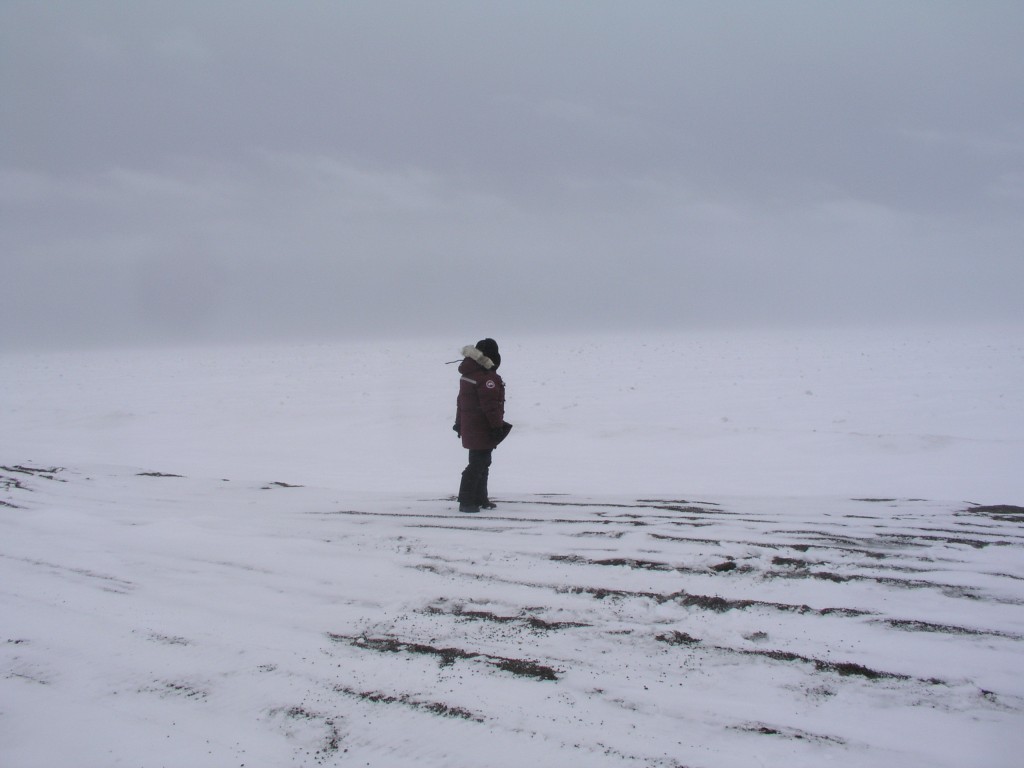
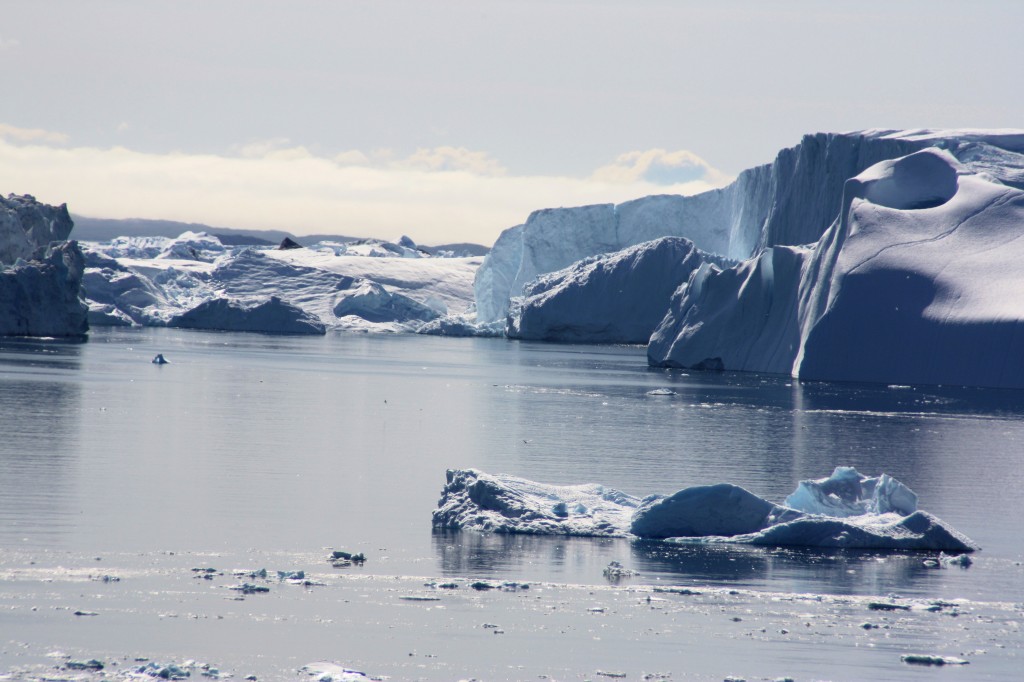
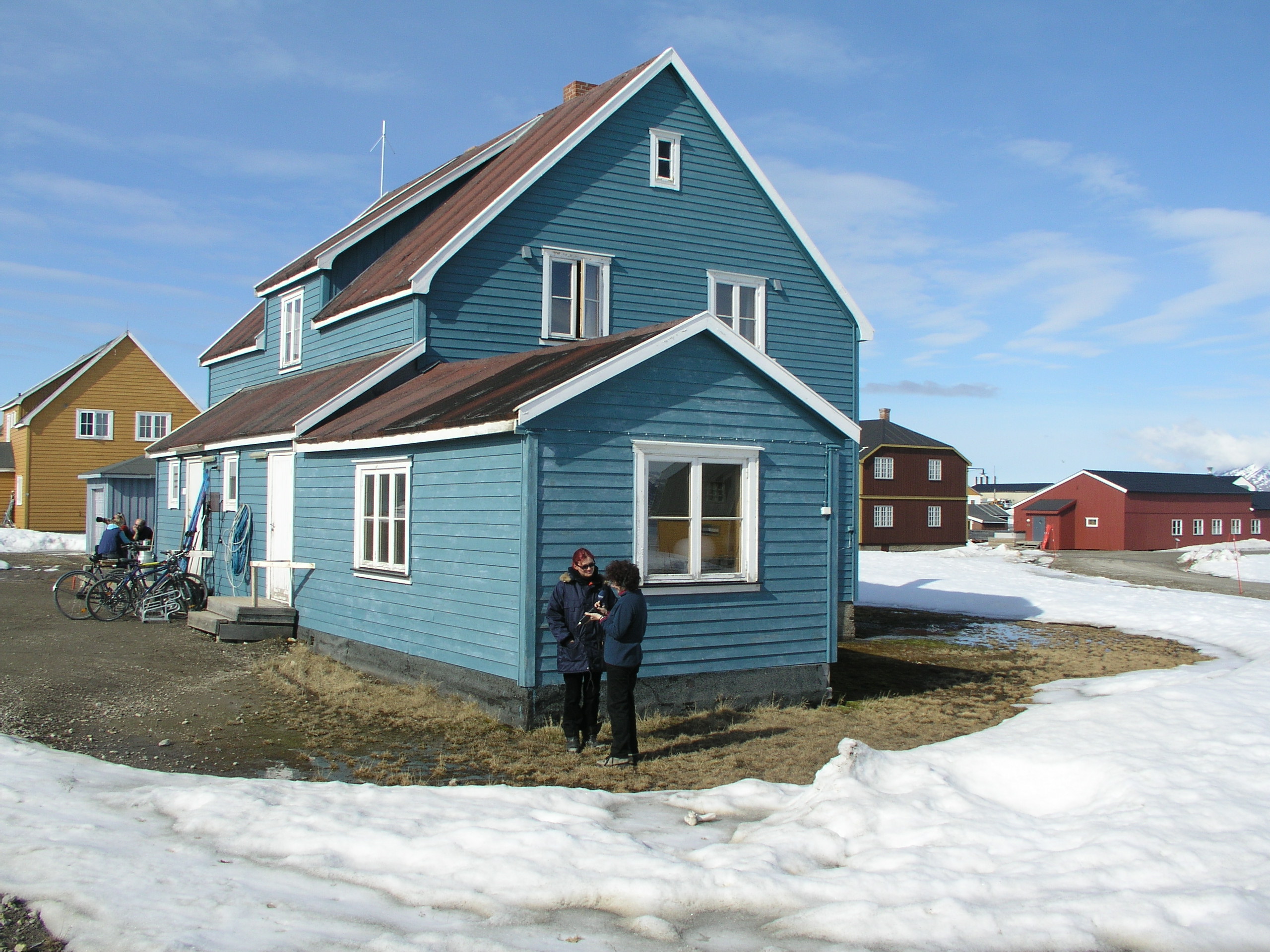
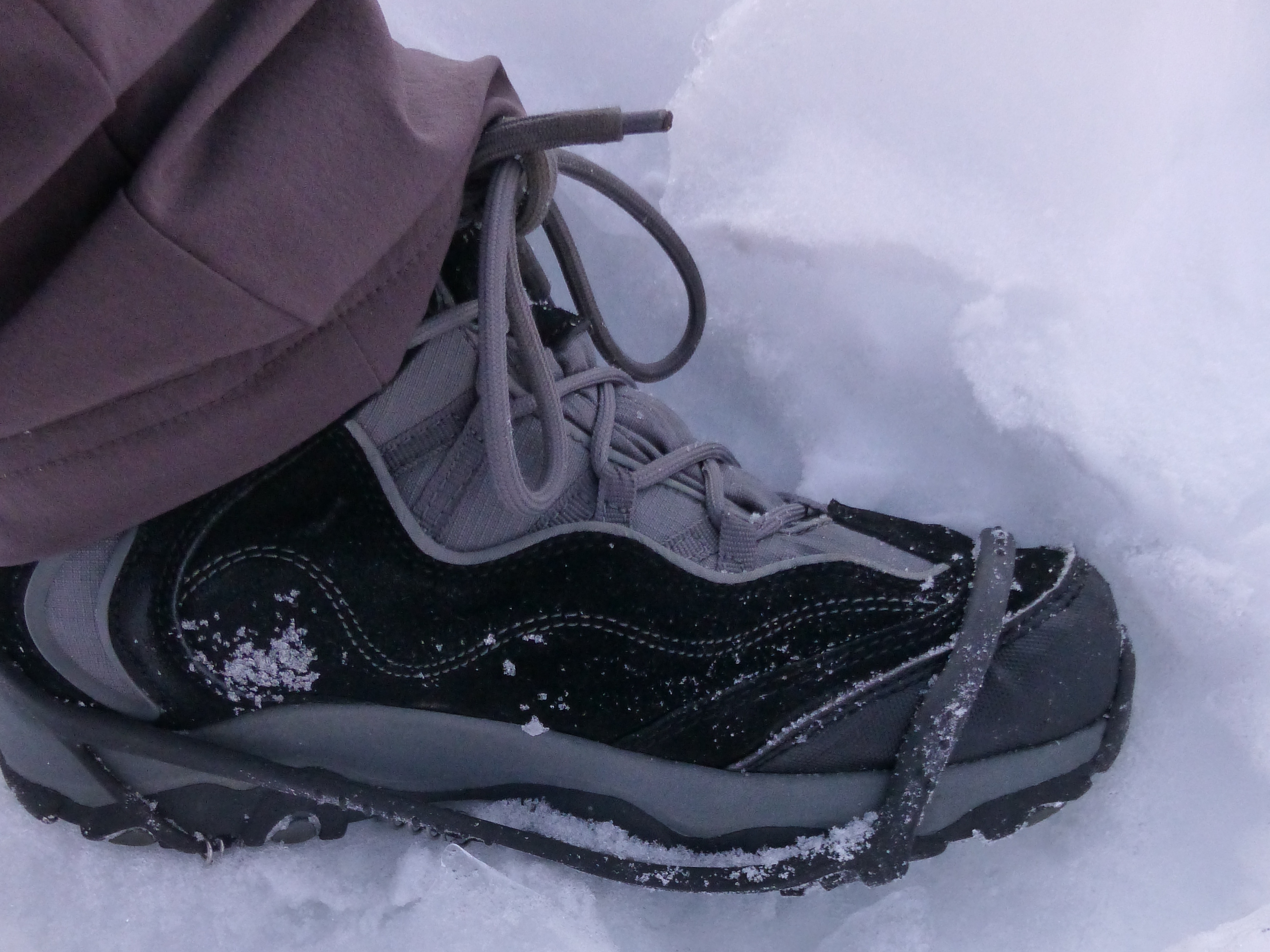
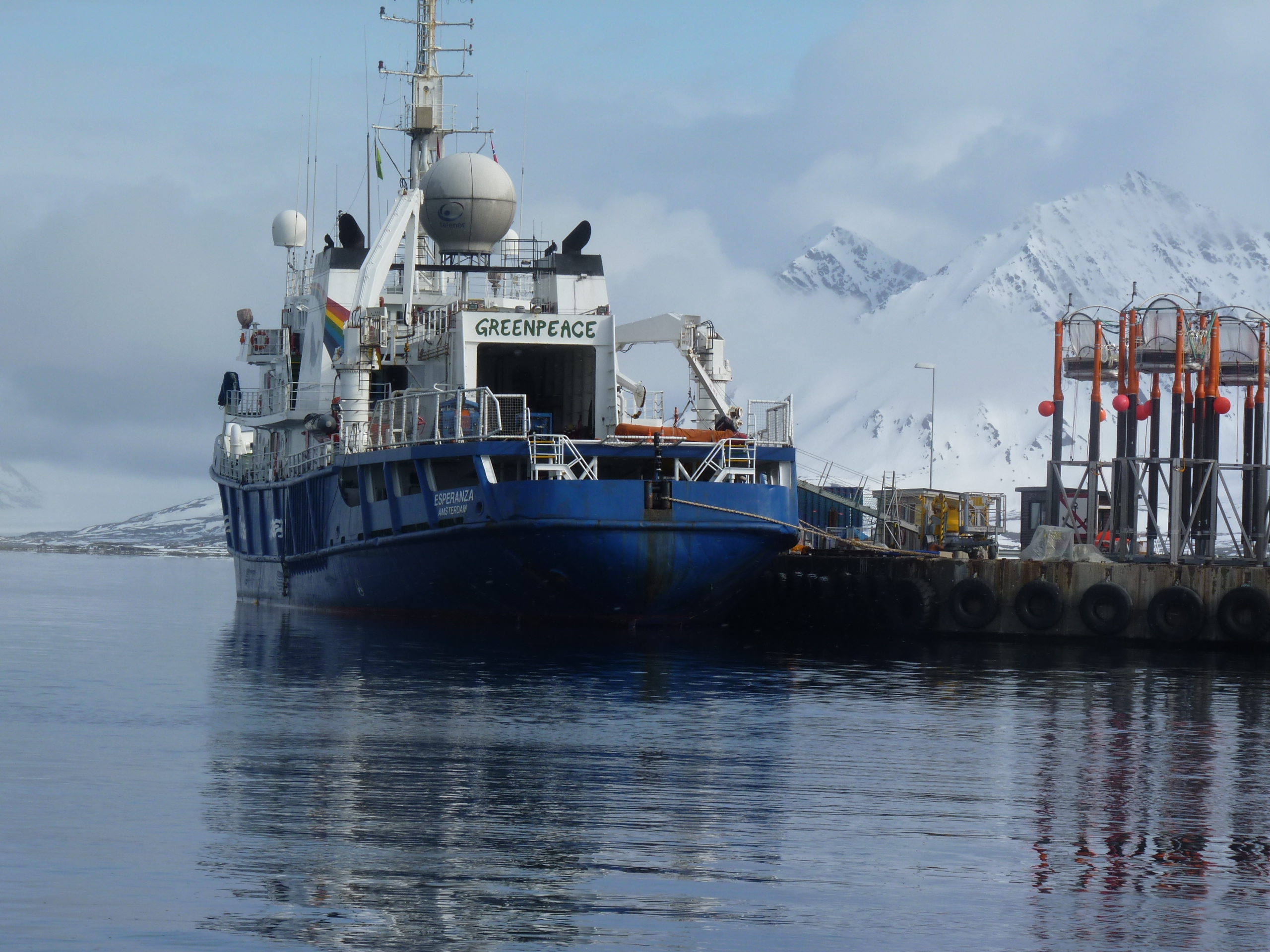
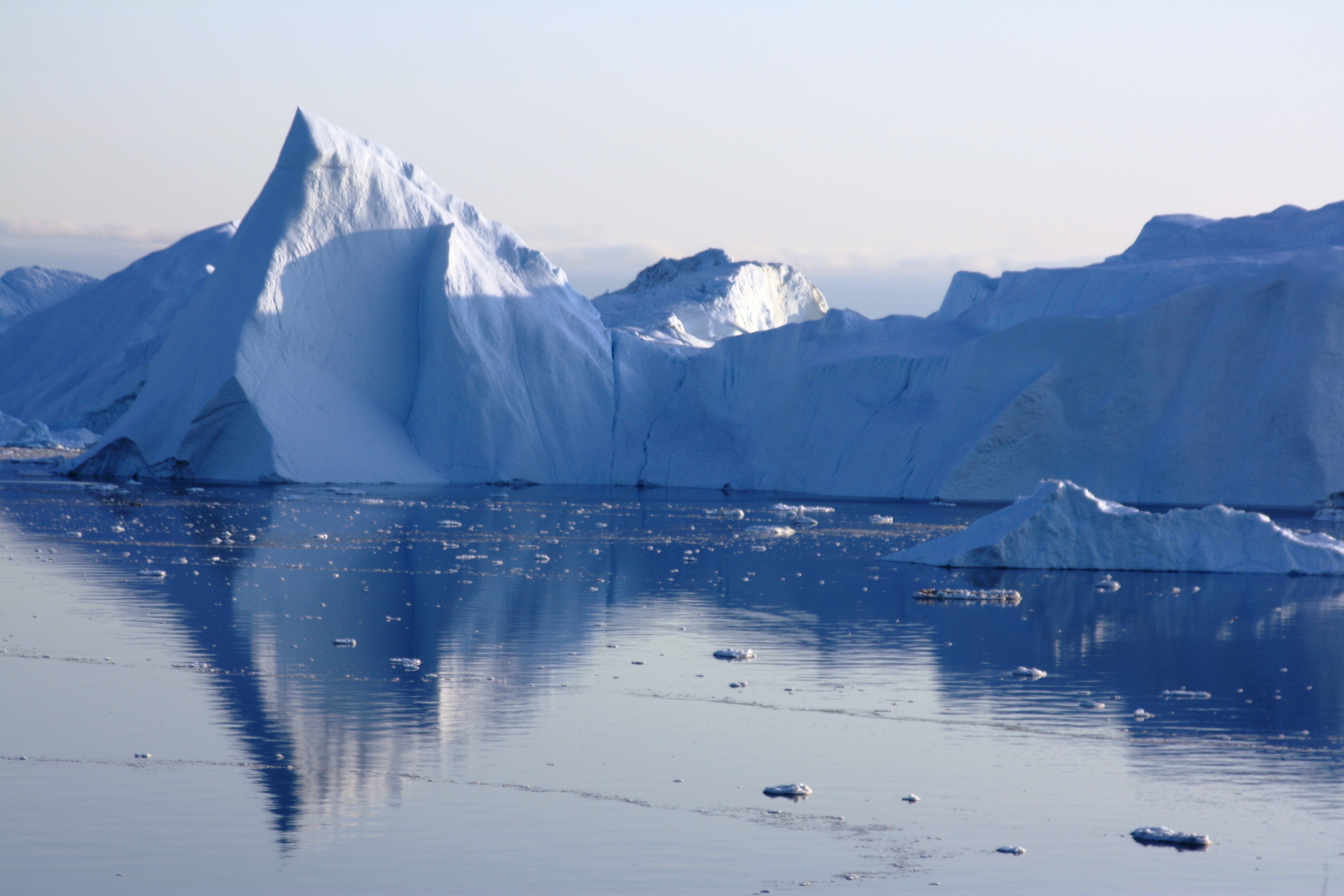
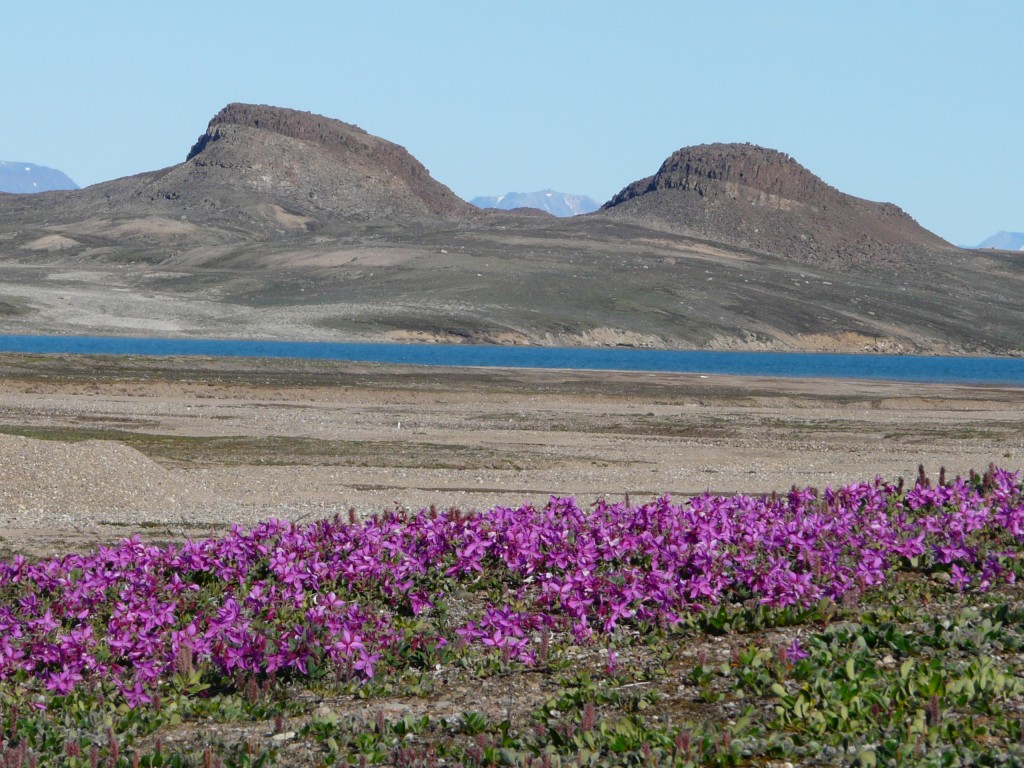
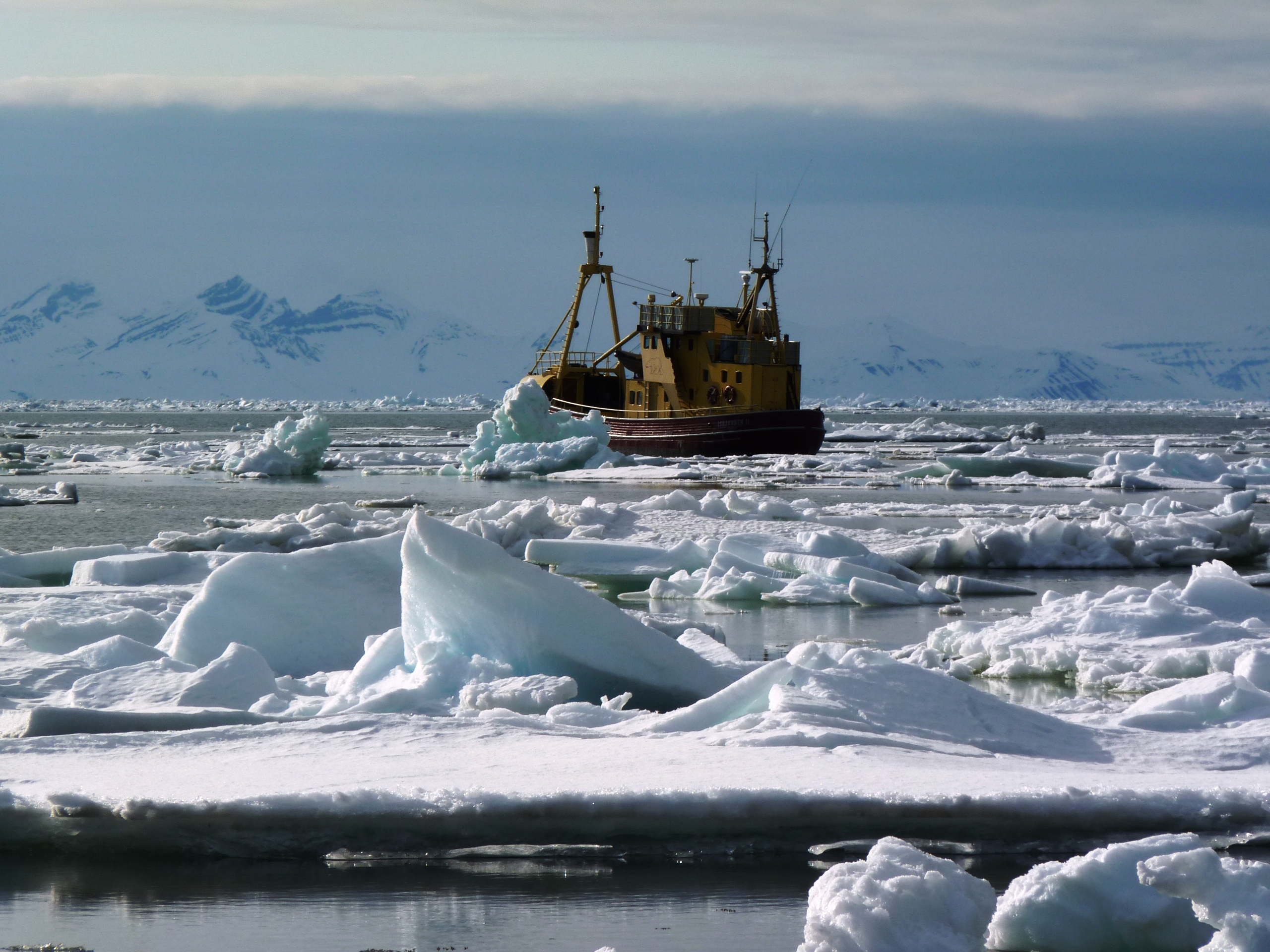
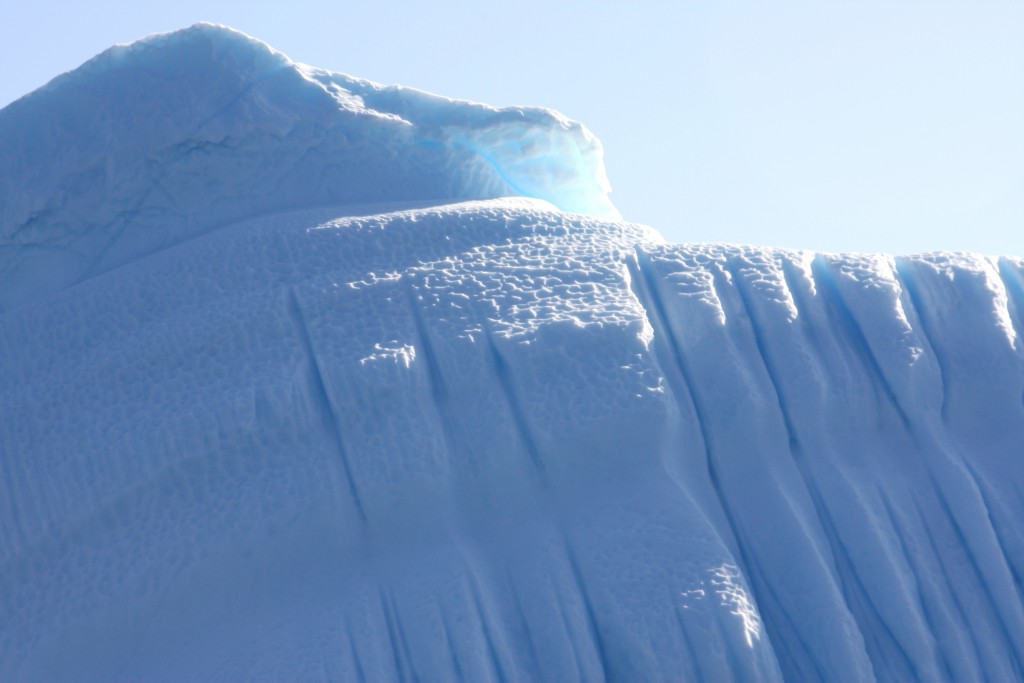

Feedback